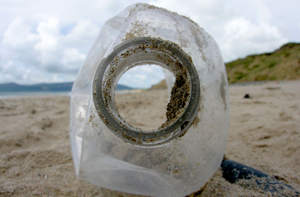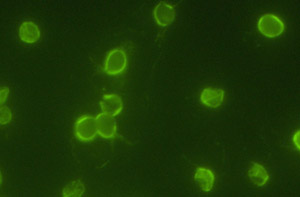Cryptosporidium outbreaks have been an ongoing issue in Ireland, with thousands of homes issued with ‘Boil Notices’.
We are proud to be able to say we filter well over 99.9% of Cryptosporidium; which means that our customers were not affected by the ‘boil water notice’ and were able to drink safely from their Water-to-Go bottles, without having to boil first.
We’ve been inundated with questions on the subject so we thought we’d quickly explain what cryptosporidium is and how our water bottles safely remove it from the drinking water.
What is Cryptosporidium?
Cryptosporidium is a small protozoan parasite that affects the intestines of mammals, which of course includes humans. It causes “cryptosporidiosis”.
The parasite is very hard to deal with because, although it is easily passed from one person or animal to another, it is not easily destroyed, as it produces a resistant spore called an oocyst. There are 10 recognized Cryptosporidium species that live in different host animals.
The parasite is primarily transmitted via water contaminated by faeces. If the parasite gets into the public water supply, fatal results can occur. In 1993, 60 people died after more than 400,000 people were infected in Milwaukee in Wisconsin.
Cryptosporidium is highly resistant to chlorine disinfection.
How does Cryptosporidium affect Humans?
The symptoms of people suffering from “cryptosporidiosis” are primarily diarrhoea and its affects – dizziness, feeling lightheaded, or nausea are just some of the signs of dehydration and overheating. As these are very general symptoms, Cryptosporidium is usually only diagnosed after examination of a stool sample.
For those with a weakened immune system, the effects of infection will be more severe.
How Water-to-Go filters help you avoid Cryptosporidium?
Cryptosporidium parasites have water borne oocysts, 4-6 μm in diameter. As parasites they live in the host’s intestines, so to stop them you need to be careful what you drink. The Water-to-Go filter system has an effective pore size of less than 0.7 μm preventing the cryptosporidium from getting through.





Comments are closed.